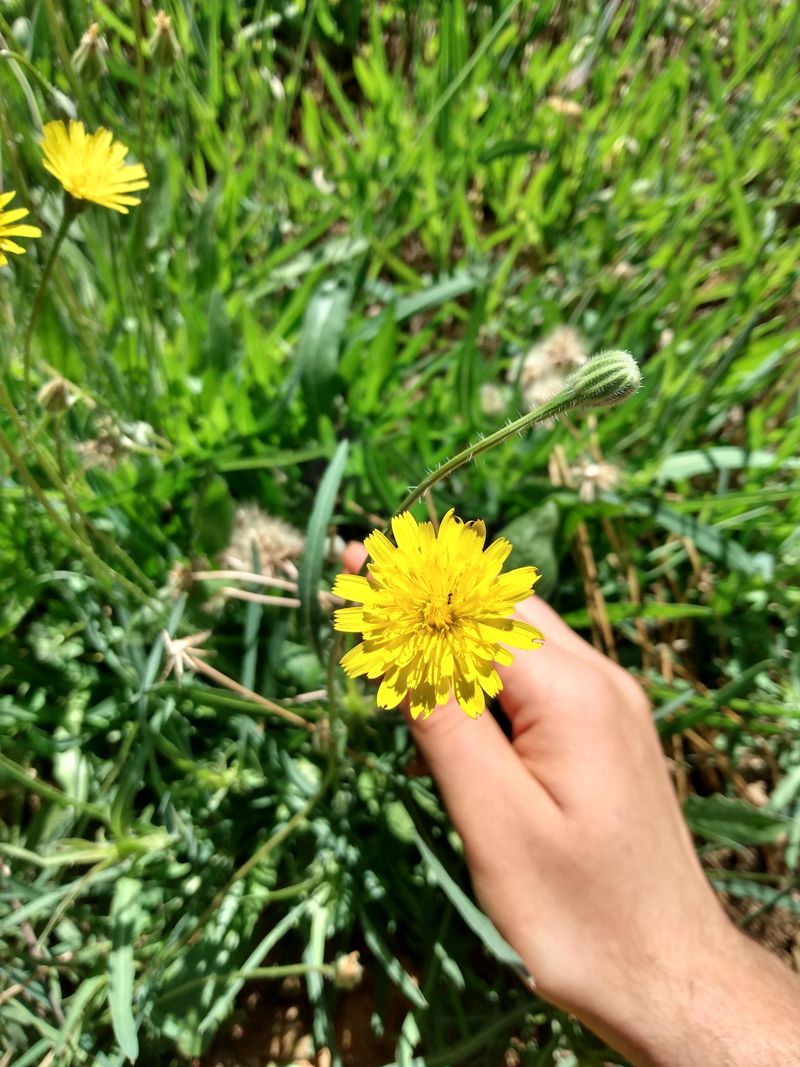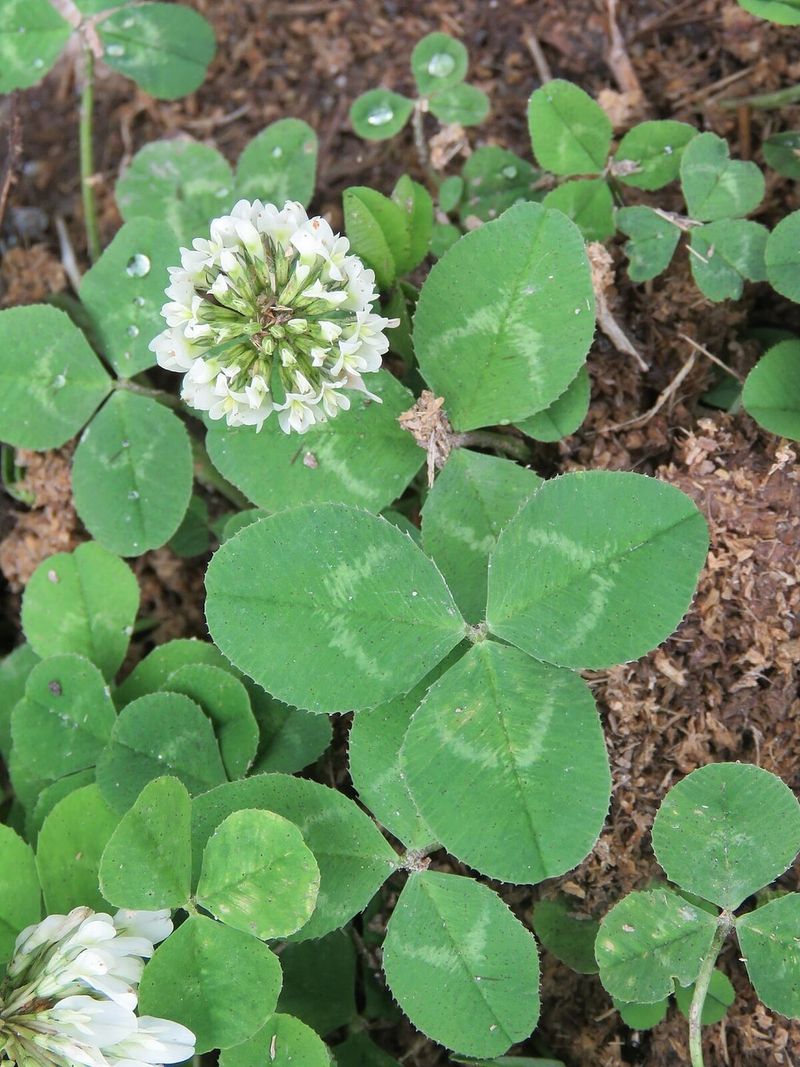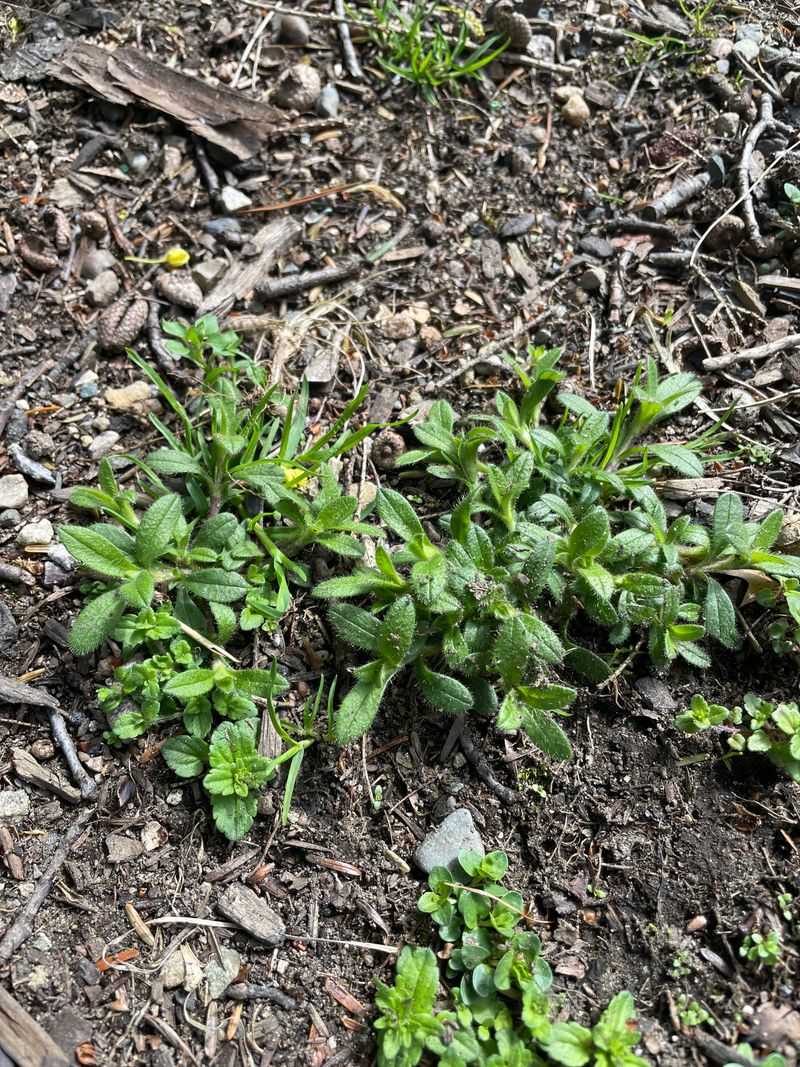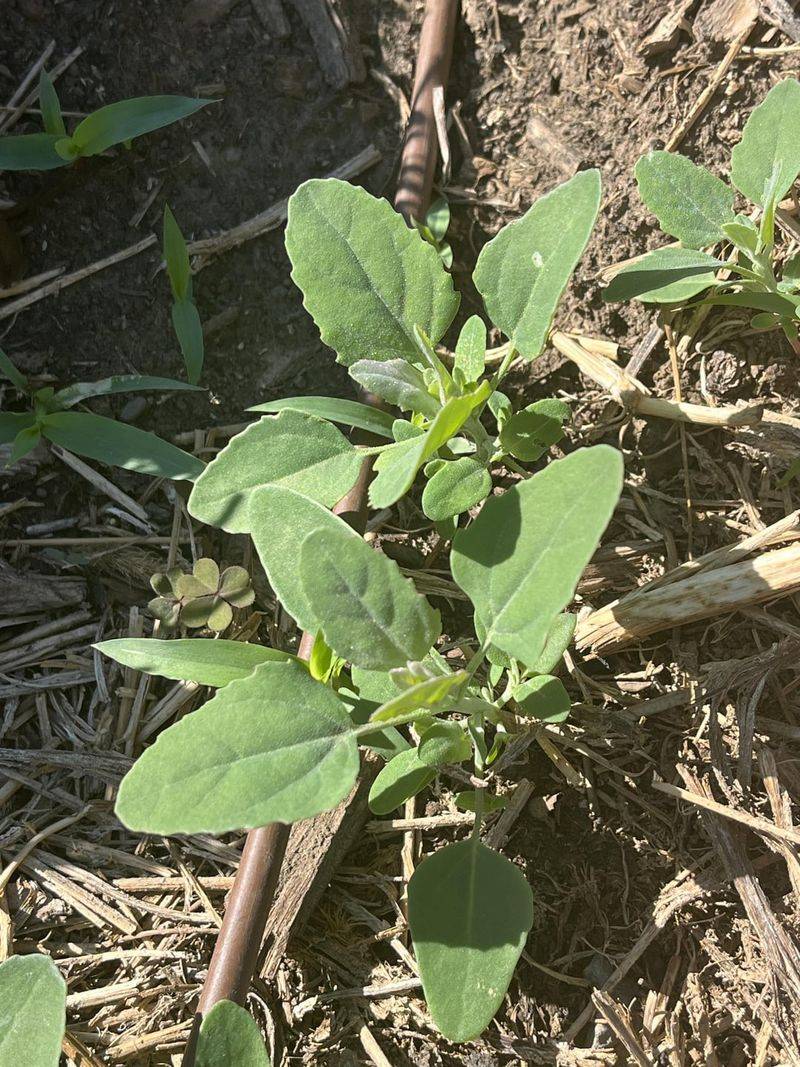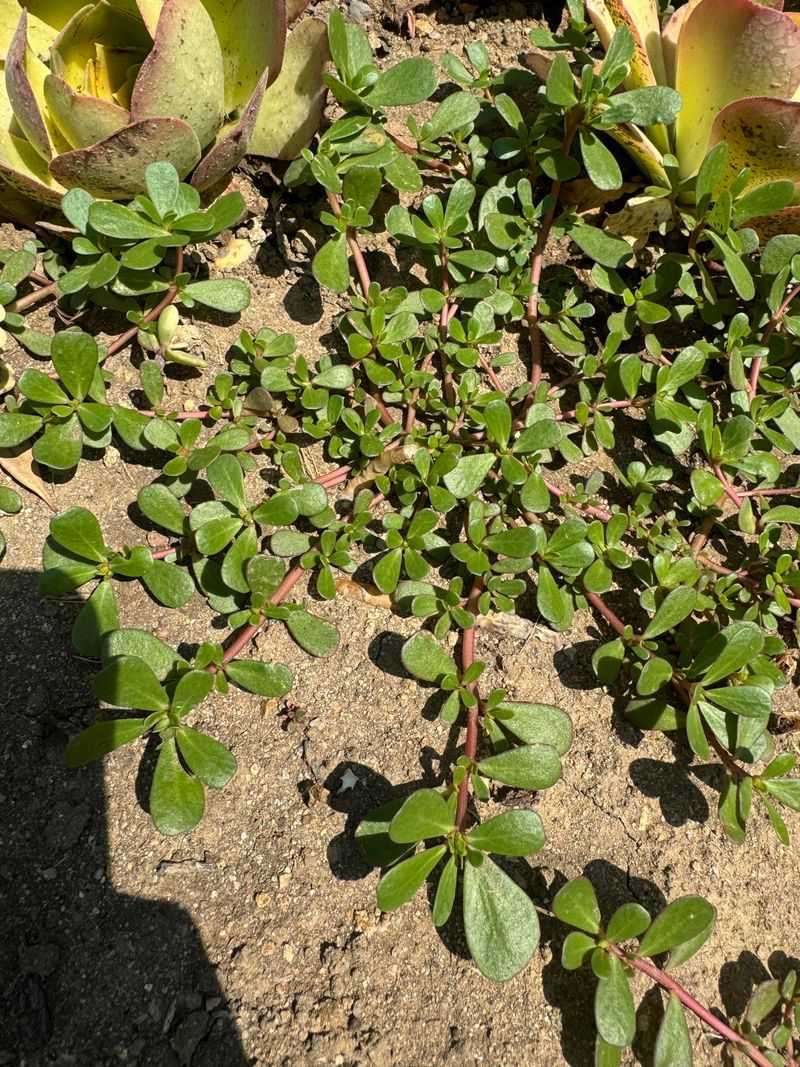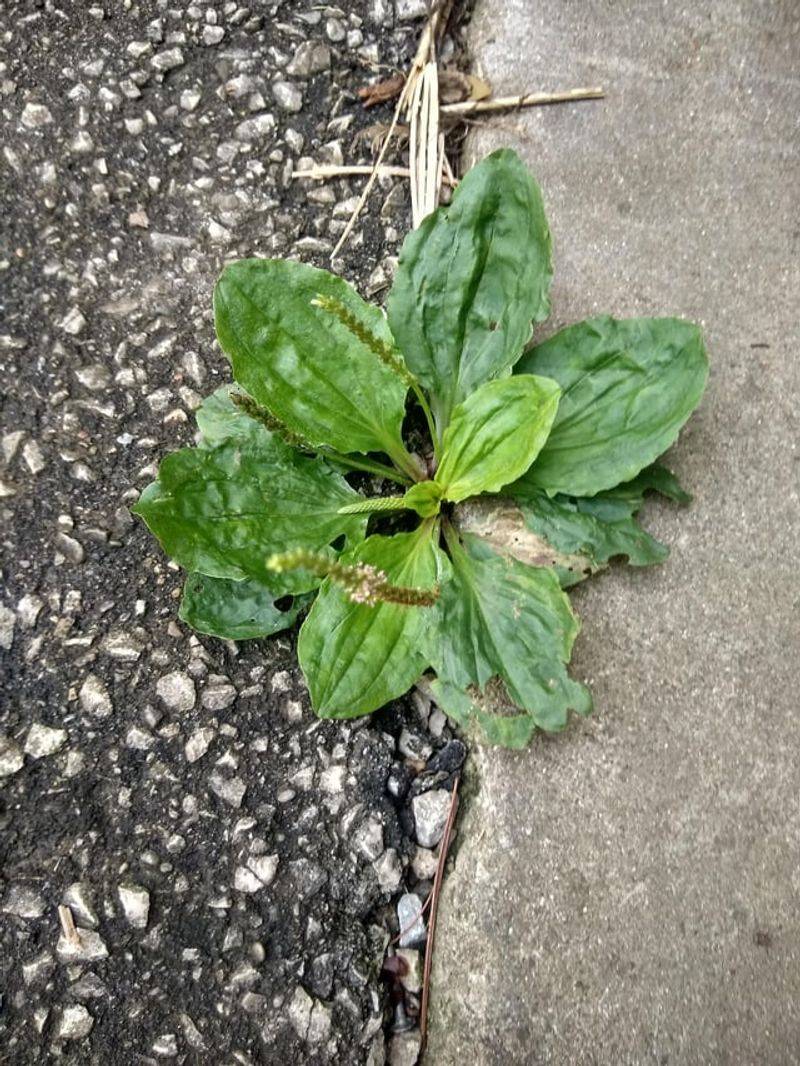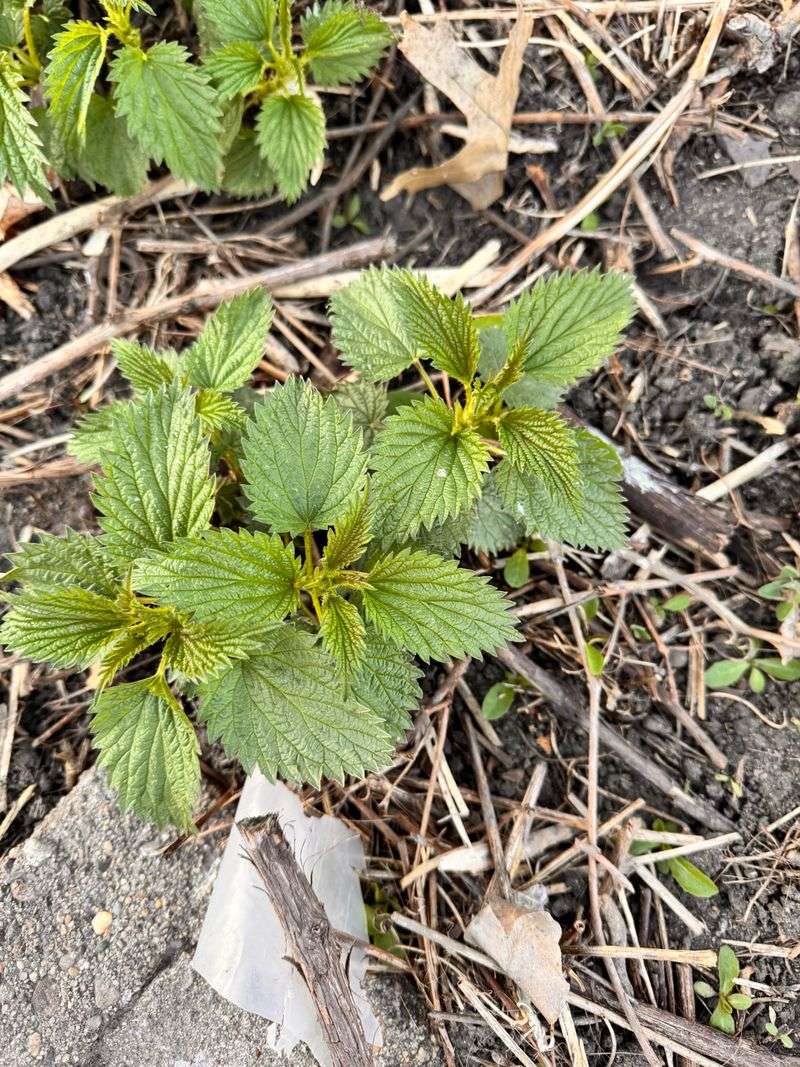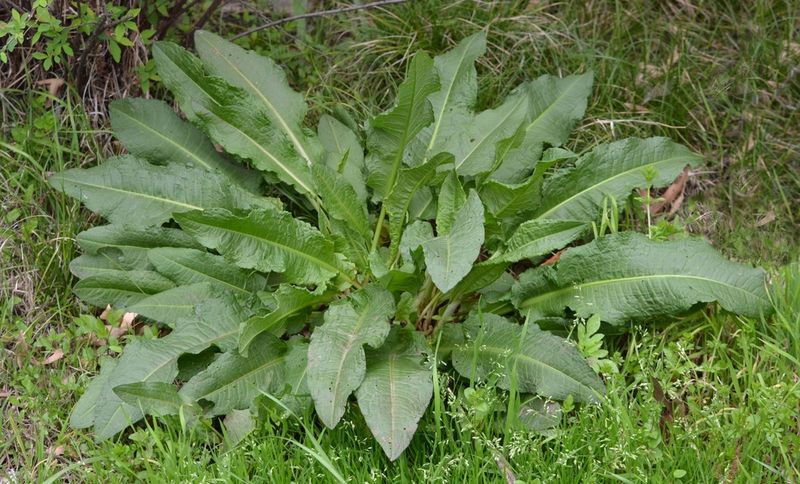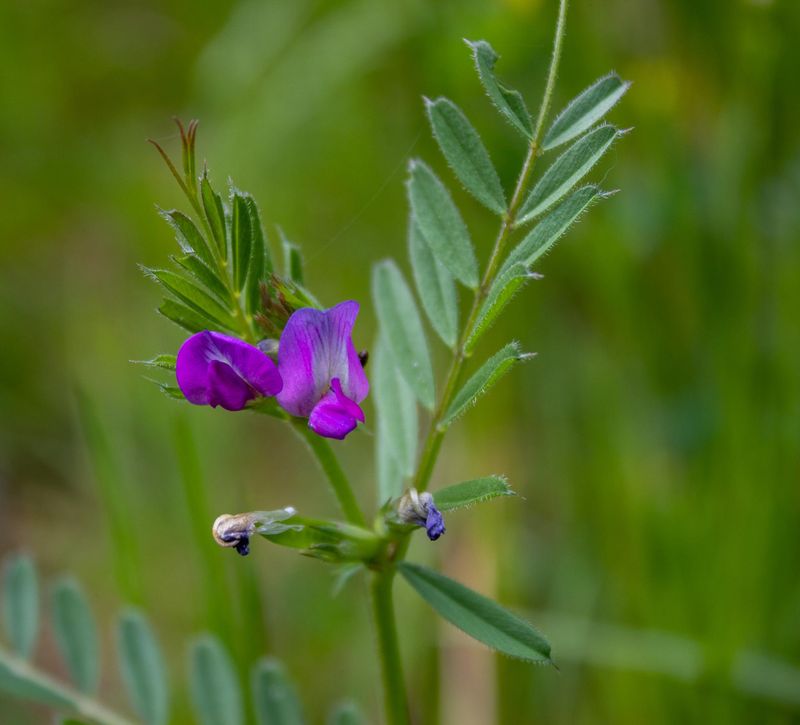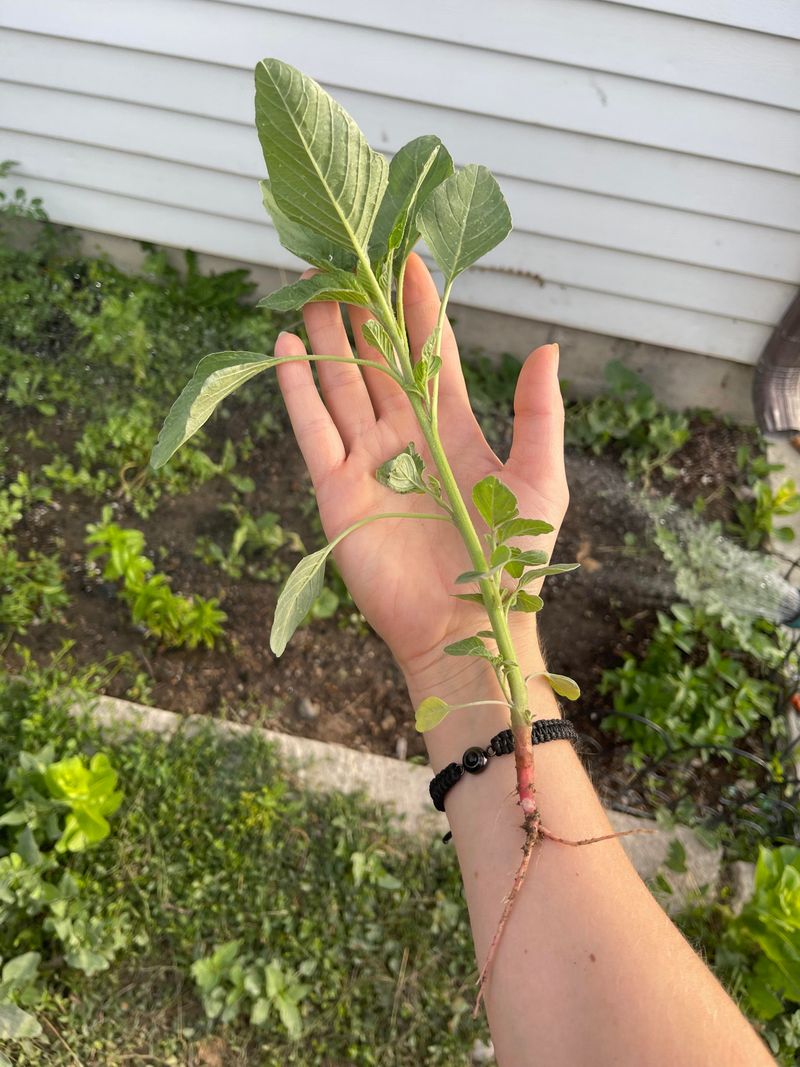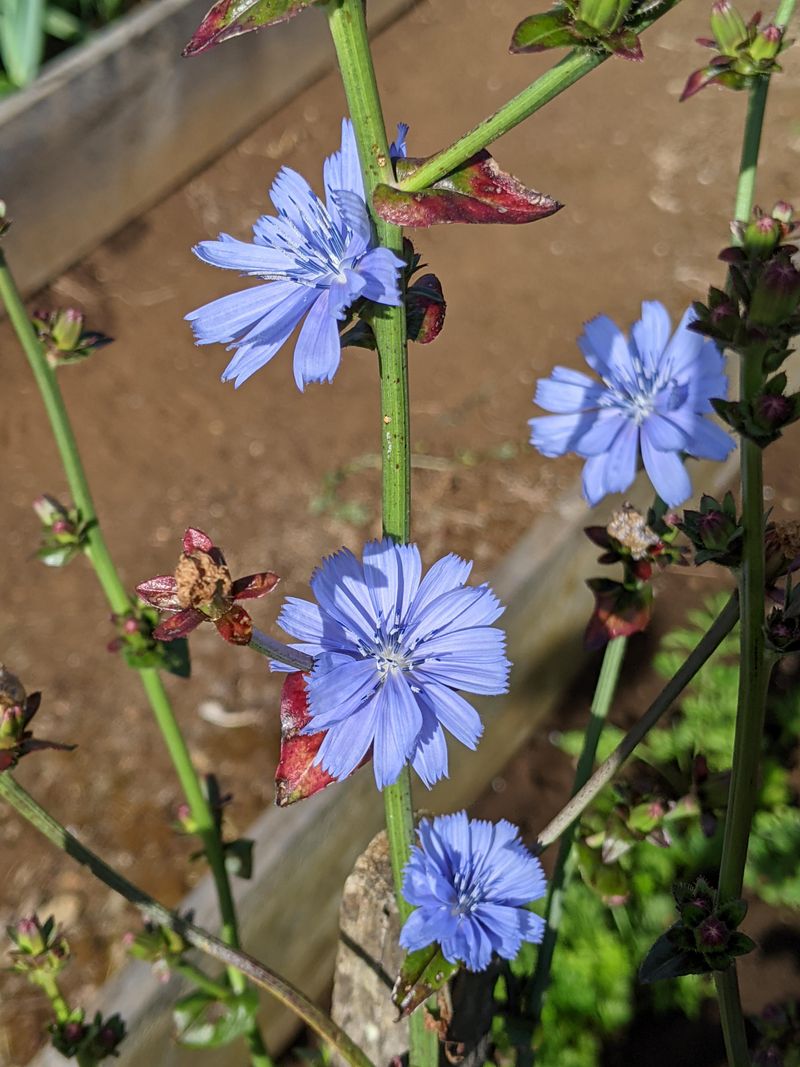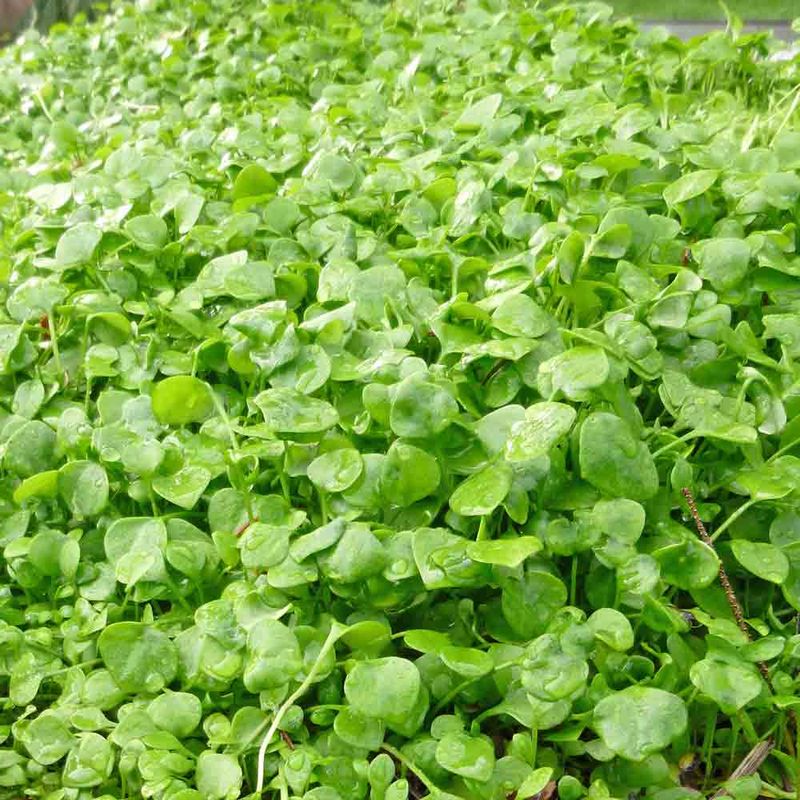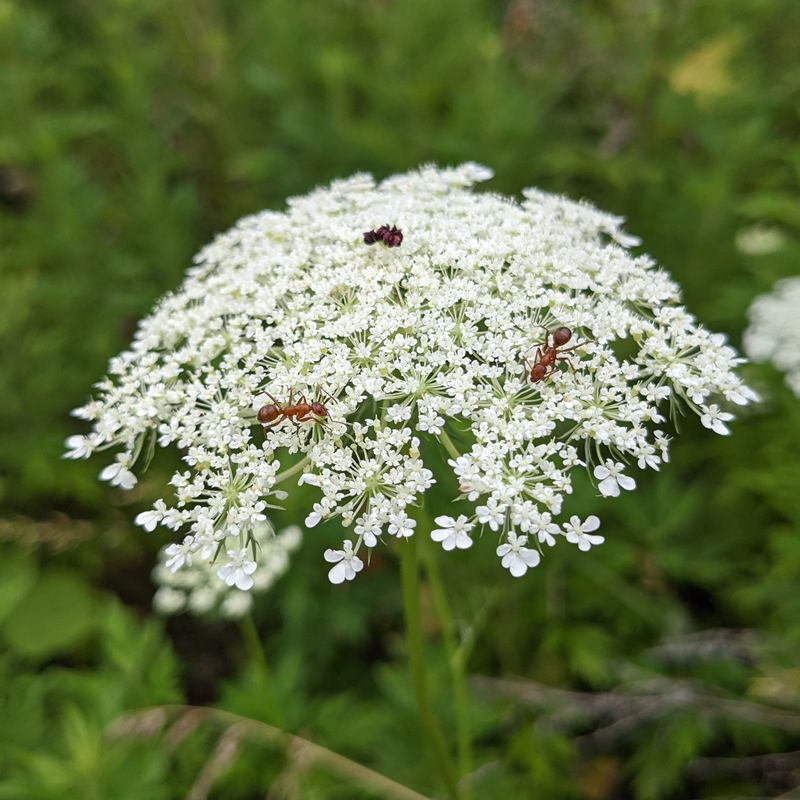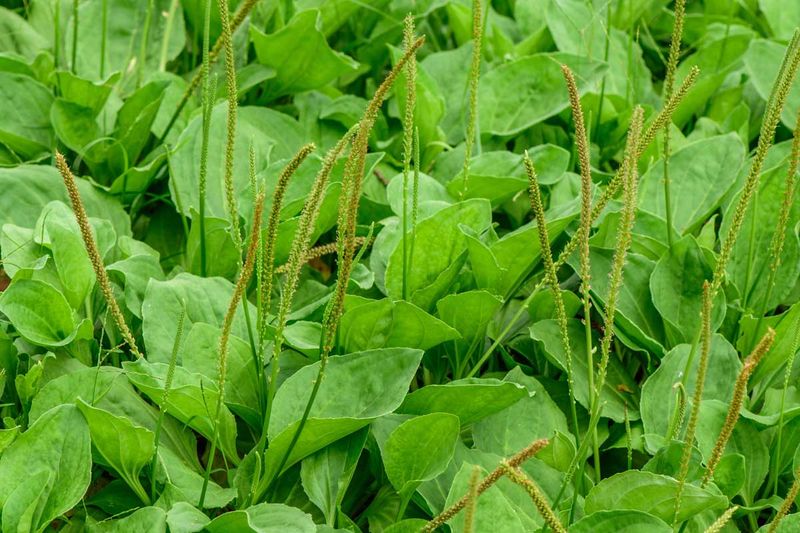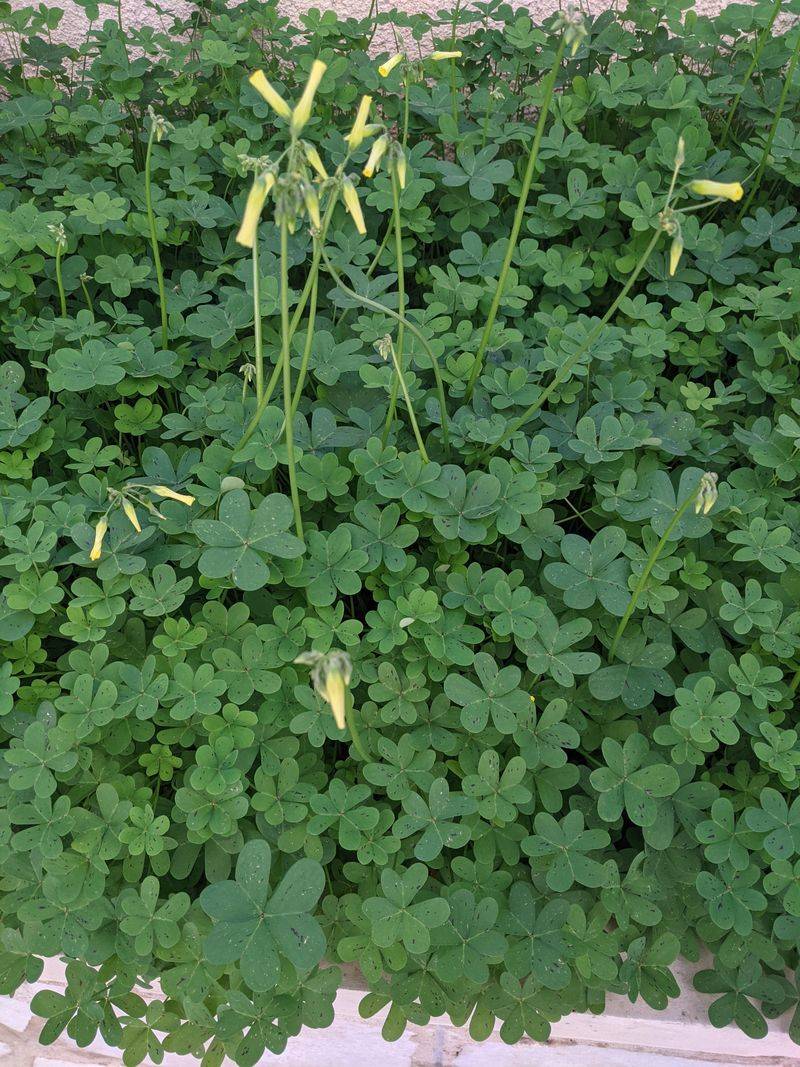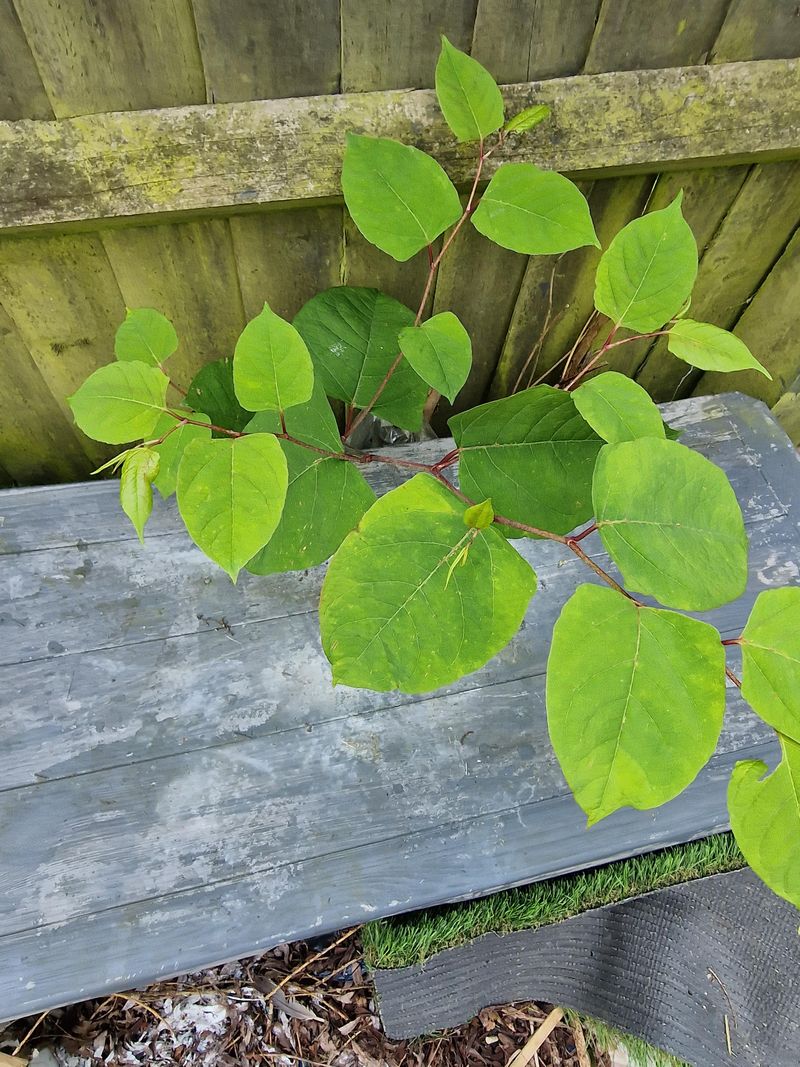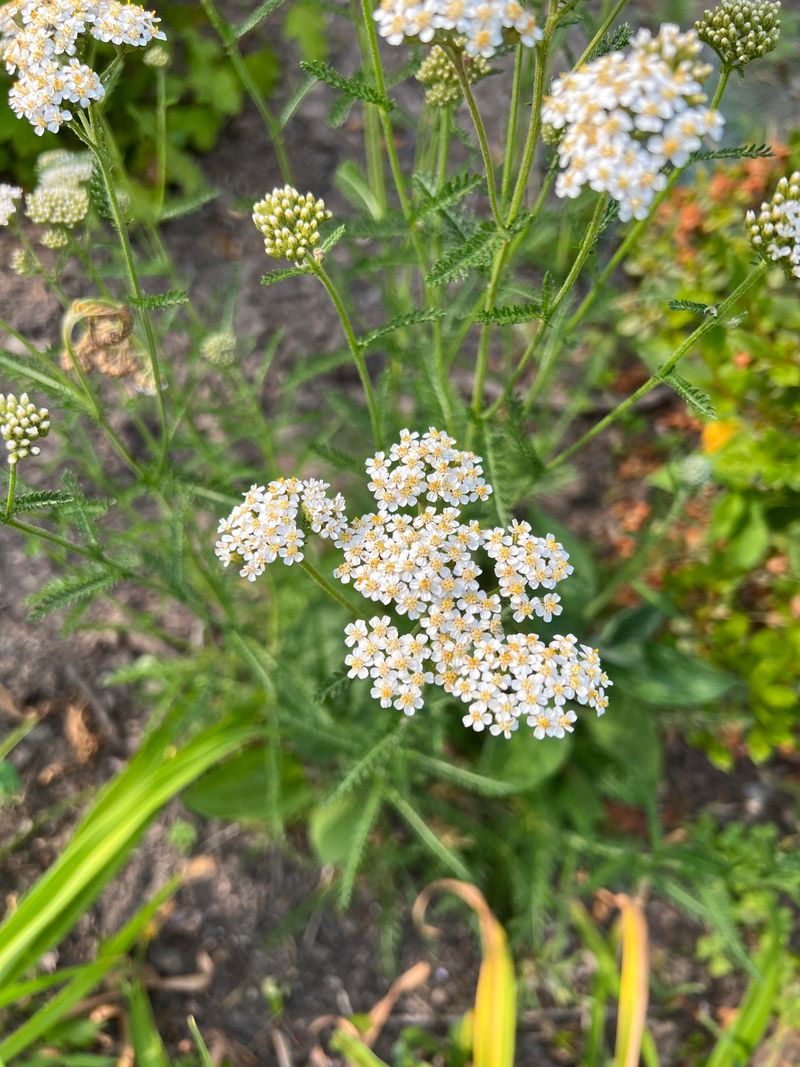Many Washington gardeners spend countless hours battling what they consider unwanted invaders in their yards. What if I told you that some of these so-called nuisances are actually working hard to improve your soil?
Here in Washington’s varied climate, from the rainy west to the drier east, certain weeds perform valuable ecological services. They break up compacted soil, pull nutrients from deep underground, and even fix nitrogen naturally.
Let me share common Washington weeds that deserve a second look before you pull them. In my experience working with local gardens, these plants often contribute more benefits than problems when managed thoughtfully.
1. Dandelion (Taraxacum officinale)
Perhaps the most misunderstood plant in Washington gardens, dandelions send down deep taproots that break up compacted soil and bring minerals to the surface. Their roots can reach down 10-15 feet!
Many local gardeners have noticed how dandelions actually prepare poor soil for other plants. Rich in potassium, phosphorus, and calcium, they’re like natural fertilizer factories working for free in your yard.
2. Clover (Trifolium repens)
Walking through Washington meadows, you’ll often spot patches of white clover working silently to enrich the soil. As a nitrogen-fixer, clover pulls this essential nutrient from the air and stores it in root nodules.
For me, seeing clover in my garden means free fertilizer. The bacteria living on clover roots can add up to 200 pounds of nitrogen per acre annually, reducing the need for chemical fertilizers in Washington gardens.
3. Chickweed (Stellaria media)
Small but mighty, chickweed thrives in Washington’s cool, damp springs. Its shallow, fibrous root system helps prevent erosion while adding organic matter to topsoil when it dies back.
The plant’s quick growth cycle means it rapidly covers bare soil, protecting it from rain compaction. I’ve noticed chickweed growing abundantly in Seattle gardens, where it serves as a living mulch, moderating soil temperature and moisture.
4. Lamb’s Quarters (Chenopodium album)
Often found in disturbed soils across Washington, lamb’s quarters has an extraordinary ability to accumulate nutrients. The plant concentrates calcium, iron, and phosphorus from deep soil layers, making these minerals available to future crops.
Gardeners in eastern Washington particularly benefit from this weed’s drought tolerance. When chopped and left as mulch, lamb’s quarters returns those gathered nutrients to the topsoil, essentially mining minerals from below.
5. Purslane (Portulaca oleracea)
During hot Washington summers, purslane’s succulent leaves help retain moisture in the soil beneath it. This natural ground cover prevents water evaporation and keeps soil biology active even during dry periods.
The plant’s spreading habit quickly fills bare spots in garden beds around Spokane and other drier regions. Its shallow roots help stabilize topsoil while its decomposing stems add valuable organic matter that improves soil structure.
6. Plantain (Plantago major)
Commonly spotted along Washington trails and in compacted yard areas, plantain serves as a natural soil decompactor. Its sturdy roots break through dense soils that few other plants can penetrate.
Around Seattle’s clay-heavy soils, plantain pioneers the way for other plants. The wide leaves protect soil from erosion during Washington’s rainy seasons, while accumulating silica and zinc – nutrients that strengthen plant cell walls.
7. Stinging Nettle (Urtica dioica)
Despite its infamous sting, this native Washington plant works wonders for soil fertility. Nettles indicate nitrogen-rich soil and further enhance it by accumulating iron, calcium, and magnesium in their leaves.
Throughout western Washington’s forests, nettles grow where soil is healthy and productive. When they decompose, they release these nutrients in plant-available forms. Many organic farmers around Puget Sound deliberately cultivate nettles as green manure.
8. Yellow Dock (Rumex crispus)
With a taproot reaching 3-5 feet deep, yellow dock mines subsoil minerals that most garden plants can’t access. Abundant in Washington’s transition zones between fields and forests, it concentrates iron and potassium.
The plant thrives in slightly acidic soils common to western Washington. When composted, yellow dock’s mineral-rich leaves create an excellent soil amendment. I’ve found it growing vigorously along the Olympic Peninsula, where it helps rehabilitate disturbed soils.
9. Vetch (Vicia spp.)
Climbing through Washington meadows and field edges, vetch performs valuable nitrogen fixation. Like its legume relatives, this plant hosts beneficial bacteria that convert atmospheric nitrogen into soil nutrients.
Many Washington farmers deliberately plant vetch as a cover crop between growing seasons. Its sprawling growth habit provides excellent erosion control on slopes, while its decomposing biomass improves soil structure and fertility in the Columbia Basin region.
10. Pigweed (Amaranthus retroflexus)
Abundant in eastern Washington’s agricultural areas, pigweed serves as a dynamic accumulator of manganese and calcium. Its deep root system can break through hardpan layers that form in intensively farmed soils.
During hot summers, pigweed provides shade to soil microorganisms, maintaining biological activity. The plant’s rapid growth means it quickly covers exposed soil after harvest in Yakima Valley farms, preventing wind erosion and nutrient loss.
11. Chickory (Cichorium intybus)
Blue-flowered chicory brightens Washington roadsides while performing important soil work below ground. Its deep taproot, sometimes reaching 10 feet, breaks up subsoil and brings up potassium and calcium.
Around Walla Walla’s agricultural areas, chicory volunteers help recover overgrazed pastures. The plant’s ability to thrive in poor soil makes it a pioneer species that improves conditions for more demanding plants that follow.
12. Miner’s Lettuce (Claytonia perfoliata)
Native to Washington’s woodland areas, miner’s lettuce creates a living mulch in shady garden spots. Its shallow, fibrous roots help build topsoil structure while preventing erosion during spring rains.
The plant thrives in Seattle’s cool, moist springs before summer crops take off. As it dies back in summer heat, miner’s lettuce leaves a layer of organic matter that feeds soil microbes. This natural cycle adds carbon to soil while protecting beneficial fungi networks.
13. Queen Anne’s Lace (Daucus carota)
The wild ancestor of cultivated carrots, Queen Anne’s Lace loosens clay soils throughout Washington with its sturdy taproot. Its lacy white flowers attract beneficial insects that prey on garden pests.
In the San Juan Islands, many gardeners leave this biennial at field edges. During its two-year lifecycle, the plant’s roots penetrate compacted layers, creating channels for air and water infiltration that benefit neighboring plants and improve soil drainage.
14. Broadleaf Plantain (Plantago major)
Often found in compacted areas around Washington homes, broadleaf plantain actually helps remedy poor soil conditions. Its fibrous root system gradually breaks up dense soil while its broad leaves protect the ground from erosion.
Around Seattle playgrounds and parks, this plantain thrives in foot-traffic areas. The plant accumulates silica and calcium, both important for soil structure. When it decomposes, these minerals become available to neighboring plants in forms they can readily use.
15. Sorrel (Rumex acetosella)
Commonly found in acidic Washington soils, sorrel serves as a natural pH indicator. Its presence often signals where lime might be needed, but meanwhile, it helps make the best of acidic conditions.
Throughout the Olympic Peninsula’s naturally acidic soils, sorrel accumulates phosphorus and makes it available to other plants. Its deep roots bring up minerals from subsoil layers, essentially functioning as a nutrient pump for neighboring plants in poor soil conditions.
16. Mullein (Verbascum thapsus)
With its tall flower spike and fuzzy leaves, mullein pioneers disturbed sites throughout Washington’s drier regions. The plant’s deep taproot breaks through compacted layers, creating pathways for water and future plant roots.
Around Spokane’s rocky soils, mullein is often the first plant to establish after disturbance. Its large leaves decompose to add organic matter to poor soils, while the extensive root system helps prevent erosion on slopes and embankments throughout eastern Washington.
17. Knotweed (Polygonum aviculare)
Though small in stature, knotweed excels at protecting bare soil in Washington gardens. Its mat-forming growth habit quickly covers exposed areas, preventing erosion and water runoff during heavy Pacific Northwest rains.
The plant thrives in walkways and other compacted areas around Olympia homes. Knotweed’s extensive but shallow root system helps break up the top few inches of dense soil, improving aeration and water penetration where most garden plants need it most.
18. Horsetail (Equisetum arvense)
One of Washington’s most ancient plants, horsetail accumulates silica that strengthens soil structure when the plants decompose. Though persistent in wet areas, it actually helps improve drainage over time.
Common in western Washington’s damp soils, horsetail indicates areas with poor drainage or high water tables. The deep rhizomes help channel water through compacted layers. For gardens near Bellingham’s wetlands, horsetail can be the first step in naturally improving waterlogged soils.
19. Yarrow (Achillea millefolium)
Native yarrow grows abundantly in Washington’s meadows and roadsides, where it helps build soil health. Its extensive root system improves soil structure while accumulating phosphorus, potassium, and copper from deep layers.
Around the dry interior of Washington, yarrow’s drought tolerance makes it valuable for preventing soil erosion. The plant attracts beneficial insects that prey on garden pests, creating a mini-ecosystem that protects both plants and soil in home gardens throughout the state.


